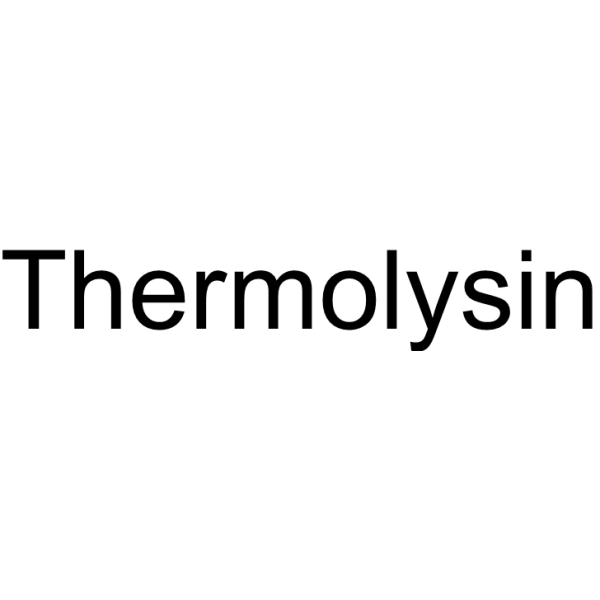| 结构式 | 名称/CAS号 | 全部文献 |
|---|---|---|
 |
嗜热菌蛋白酶
CAS:9073-78-3 |
|
 |
N-乙酰神经氨糖酸醛缩酶
CAS:9027-60-5 |
| 结构式 | 名称/CAS号 | 全部文献 |
|---|---|---|
 |
嗜热菌蛋白酶
CAS:9073-78-3 |
|
 |
N-乙酰神经氨糖酸醛缩酶
CAS:9027-60-5 |